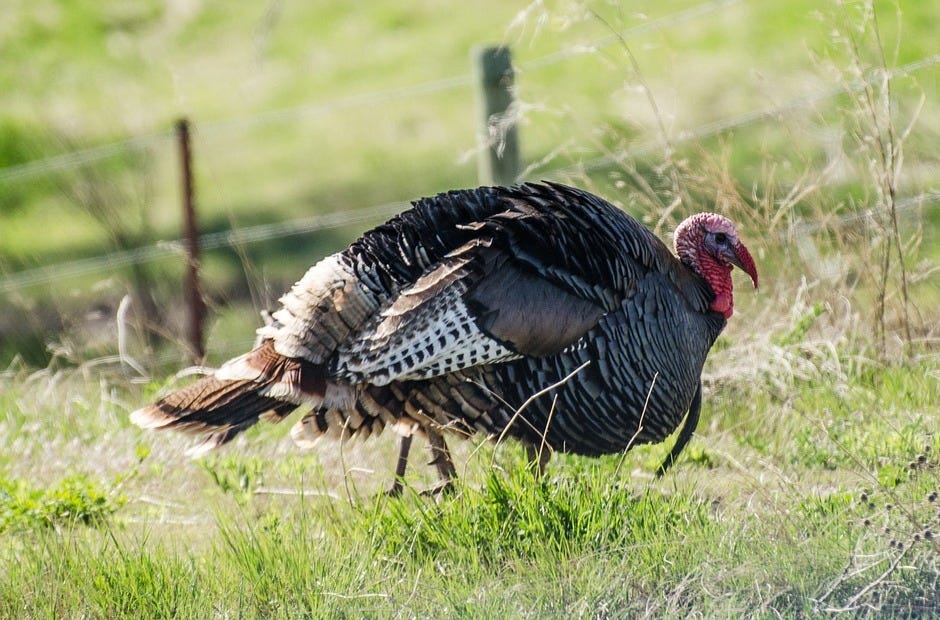![A wild turkey workshop is scheduled for Feb. 23 in Laurel Hill. [Pixabay.com]](http://127.0.0.1/wordpress/wp-content/uploads/2022/01/ghows-DA-477e8332-5c13-4426-e053-0100007f15d6-2b884dea.jpeg)
CRESTVIEW — The U.S. Department of Agriculture's Natural Resources Conservation Service has scheduled a Feb. 23 workshop on wild turkey management. (See details in the box at right.)
Florida has two out of the five subspecies of wild turkey found in North America: Florida, or Osceola, turkey found predominantly in South Florida and the Eastern wild turkey found here in the panhandle.
Their habitats change with available plants in their region of the state, but here are general facts about Panhandle turkeys:
FOOD PREFERENCES: Their diet is more than 80 percent plant foods; 10 to 20 percent primarily comprises insects. Insects make up the majority of the diet of young poults, while adults will eat anything from acorns and berries to insects, salamanders, snails and small reptiles. Fruits of wild grape, dogwood and wild cherry are favorites. Turkeys also eat numerous seeds, including those of native grasses, sedges, trees and ferns.
WATER. A source of open water is necessary to support a wild turkey population. Creek and river bottoms act like highways for turkeys to move around. The birds drink from spring seeps, streams, ponds, lakes and livestock watering facilities. It's critical to have water as well as foraging, nesting, brood rearing and roosting cover available near each other to support populations.
NESTING COVER. Turkey hens nest in areas that provide cover for themselves and their eggs. Hens nest on the ground in the rough of the pine forest, under a brush pile, in thickets or under downed trees’ branches, and in fallow fields. Their preferred nesting cover is less than 4 feet high and within a half-mile of brood-rearing cover.
ROOSTING COVER. Wild turkeys roost overnight in trees, preferably over or near water to avoid predators. With increased hunting pressure, turkeys may retreat to roosts in remote, dense areas. Hens will roost on the ground after they lay eggs. Hens remain with poults on the ground until about two weeks of age, when the poults begin to roost in trees. Though many different trees may be used for roosting, in Florida pine trees are the preferred roost tree for adult gobblers.
BROOD-REARING COVER. Wild turkeys like open areas of grass and forbs with a thin overstore of trees. A forest opening of one-half acre to three acres is ample for brood rearing. Preferred brood habitat is 1 to 3 feet of tall grass or weeds where newly hatched poults can move about, have access to insects for food as well as dense cover for roosting and to escape predators.
WHAT: Wild Turkey Management Workshop
WHEN: 8 a.m. Feb. 23
WHERE: Ludlam Road in Laurel Hill.
NOTES: Featured topics are turkey biology and management; timber management; prescribing burns; roosting habitat; nesting and brood-rearing habitat; food plot management; tools and equipment for management; and cost-share programs.
Call the U.S. Department of Agriculture Natural Resources Conservation Service office, 682-3714, extension 3, or the Florida Fish and Wildlife Conservation Commission office at 767-3634 by Feb. 15 to register.
Visit the NRCS office at 938 Ferdon Blvd. N., Crestview, for more information.
This article originally appeared on Crestview News Bulletin: Workshop set on wild turkey basics
